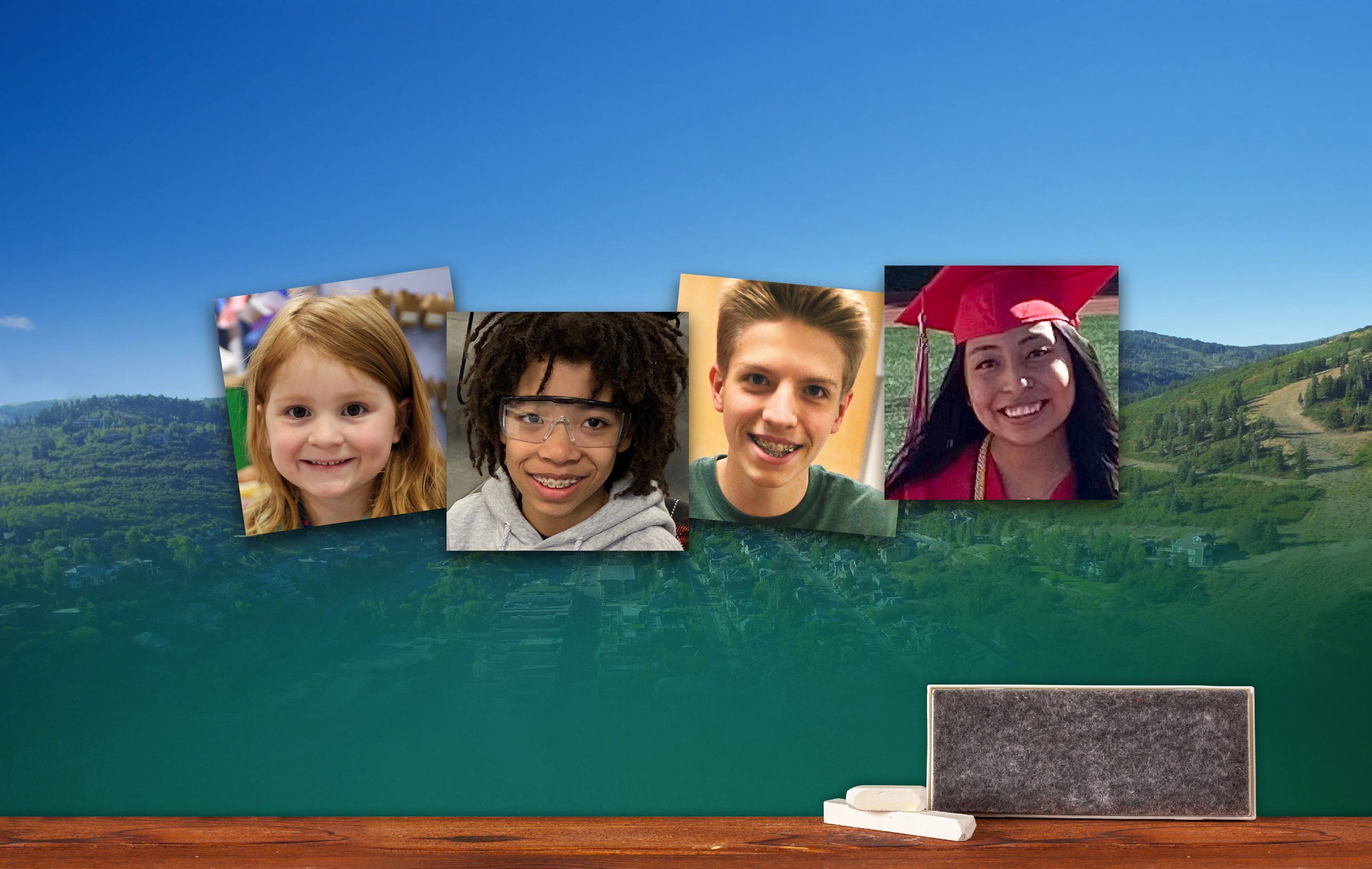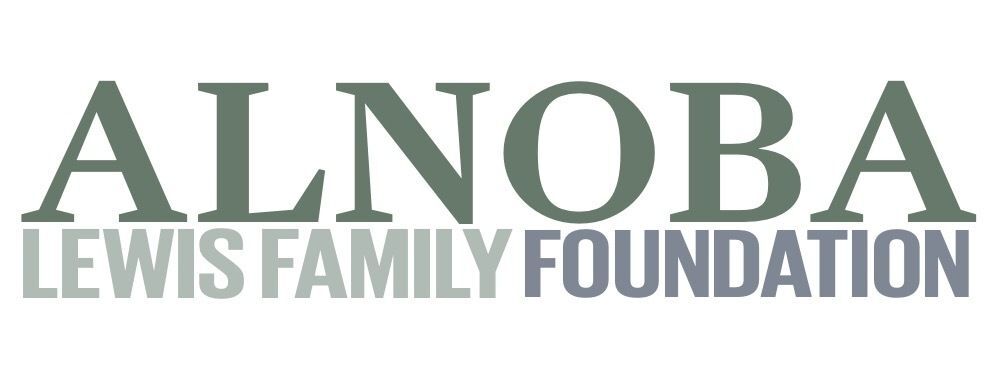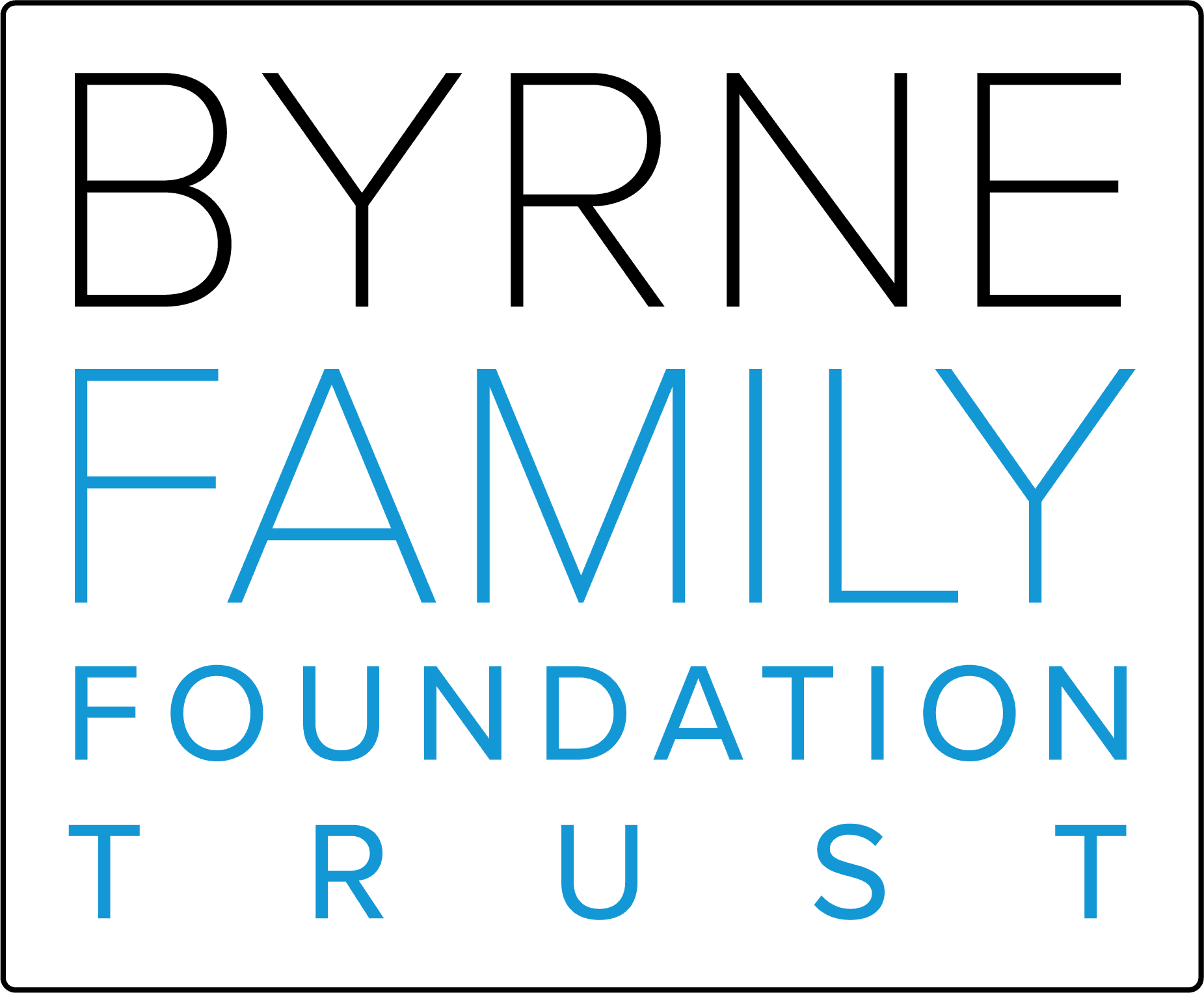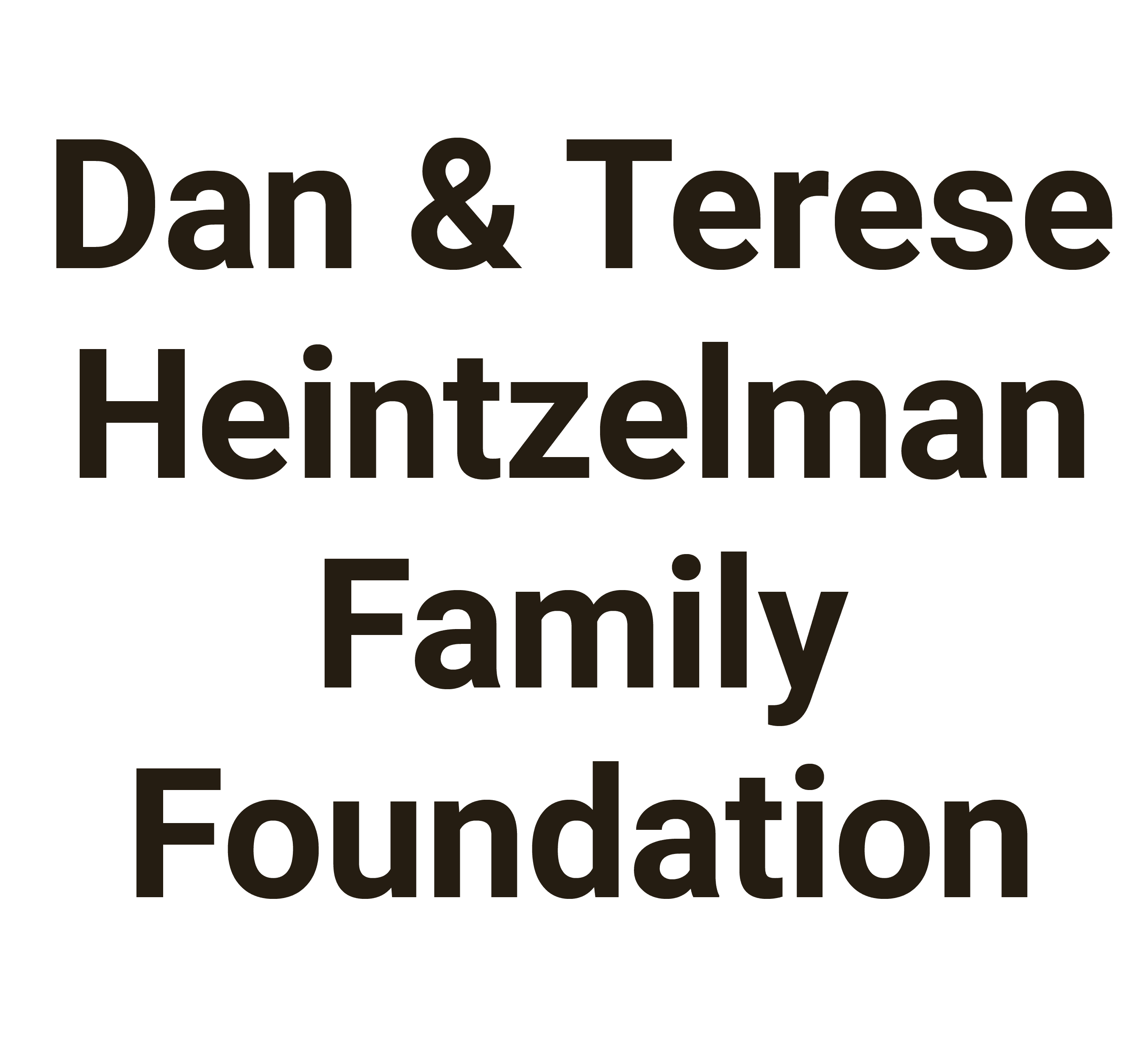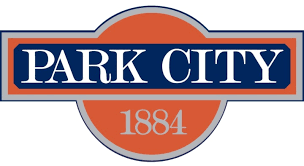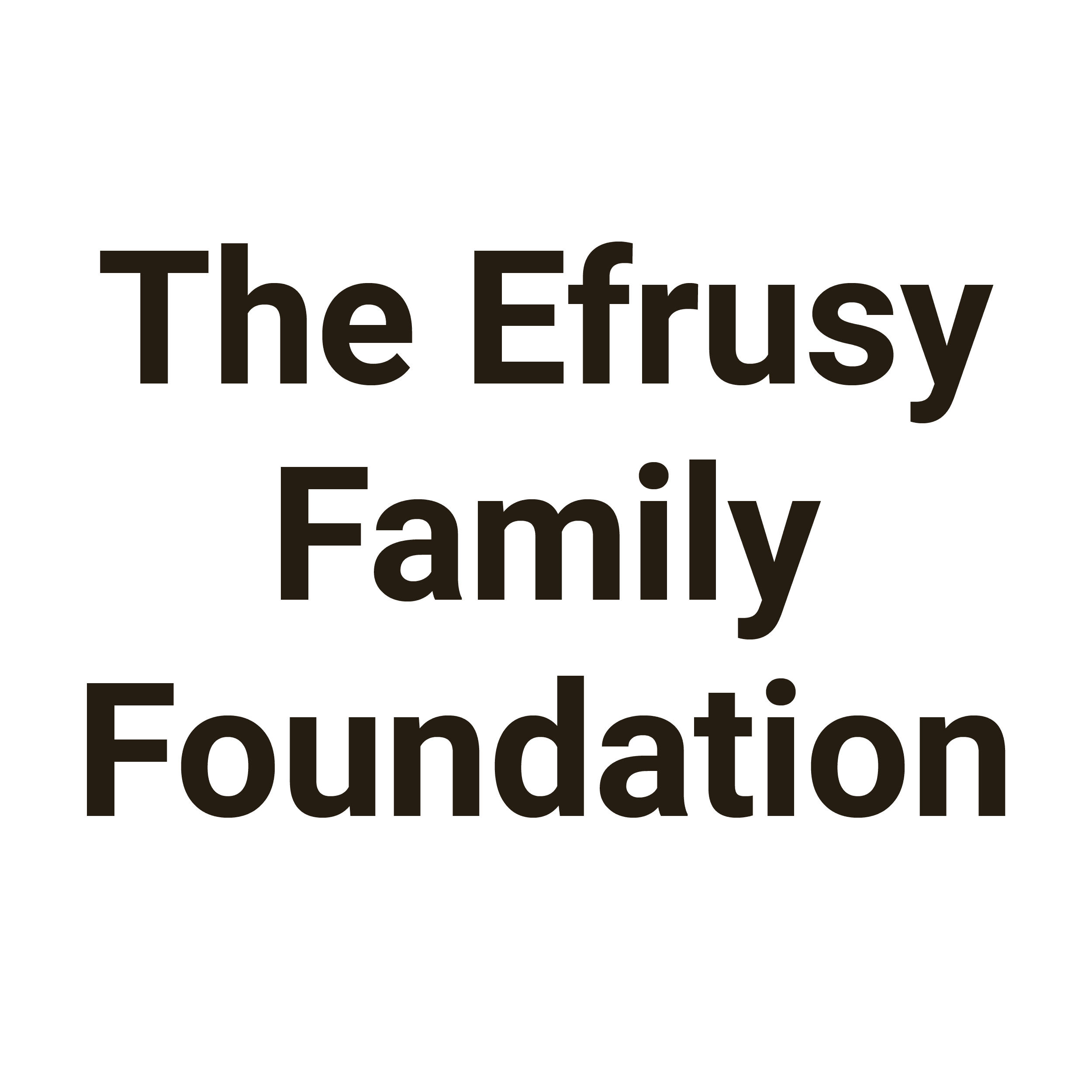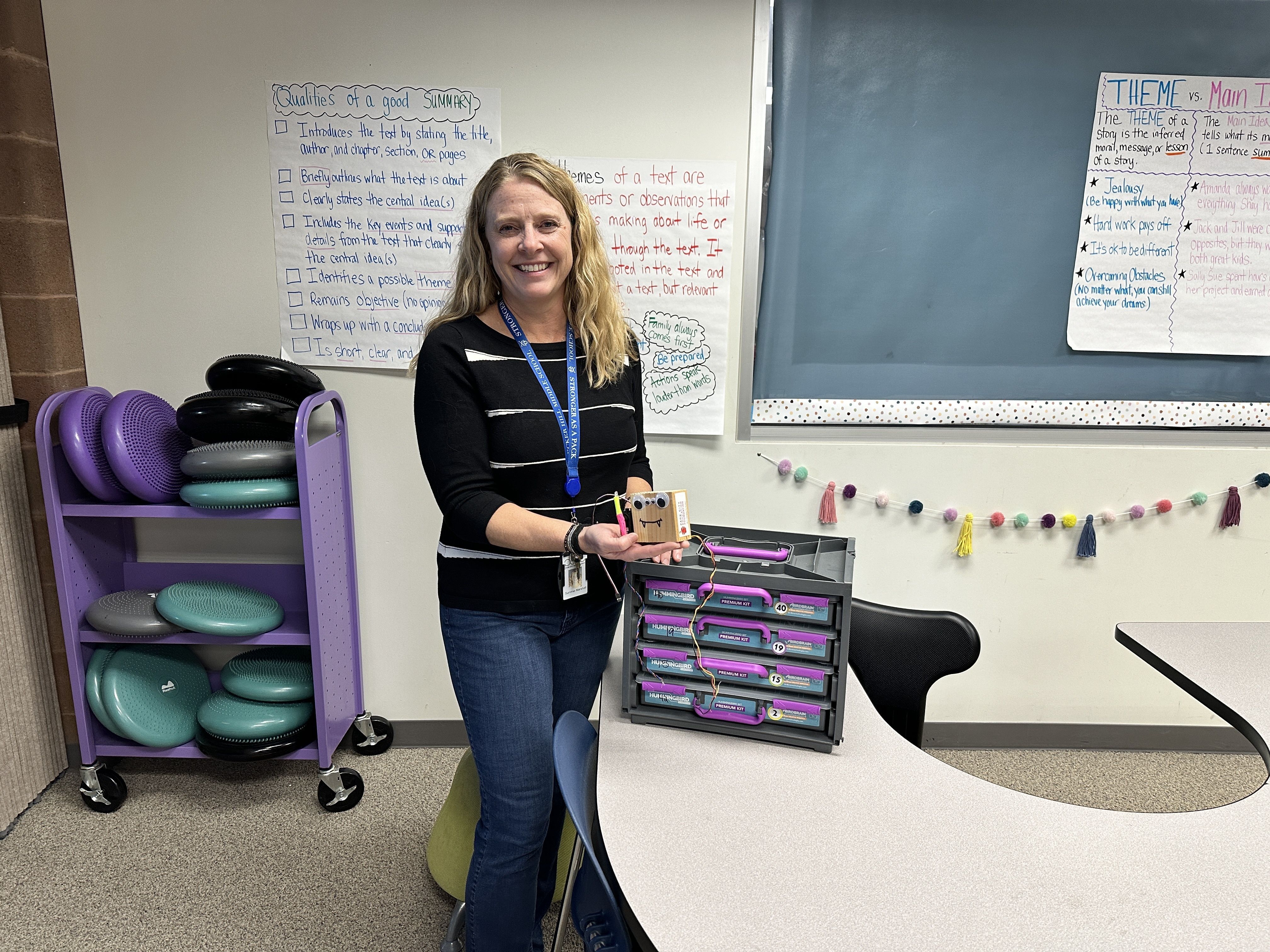
“What is the difference between a computer and a robot?” Computer Science Integration Coach Summer Marshall asks Teacher Mandy Pomeroy’s 6th grade class at EHMS. Sparking curiosity and some clever answers, the class discussed how computers can be programmed to perform specific tasks, but a robot has the added capability to sense and react to its environment. This simple insight kicked off an hour-long, hands-on session where 6th graders created robots with the ability to do just that: sense, think, and act.
“This thing is an actual block of wood,” was one student’s thought. Mrs. Marshall's response, “But, is it a robot? We’ll find out.”
Working in pairs, students were quick to grasp basic design, coding, and building concepts. They connected the components of the provided kit, added and changed code on their computers to produce different results, and incorporated a sensor element to make the robot think. The result – the wood block did in fact turn into a robot that could mechanically wave back and forth, responding only when it sensed darkness in its environment.
Throughout the 'Hour of Code', ALL 6th graders experience programming the block robots, and will have the background needed to apply to other projects. “The Hummingbird Program is a flexible way to bring Computer Science to any subject. We are doing the Hour of Code in English classes this year,” Marshall said. “Students aren’t confined to a specific size and shape of robot, and can creatively choose how to use it."
All PCSD student receive Coding and Computer Science instruction starting in Kindergarten, thanks to PCEF donors. As students choose different classes once they get to Ecker Hill, the Hour of Code is a way to have programming reach every student.
PCEF funded the Hummingbird Robotic kits for this project, supporting the Real World Learning Signature Initiative, all thanks to generous donors.
